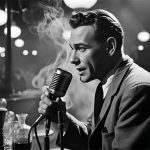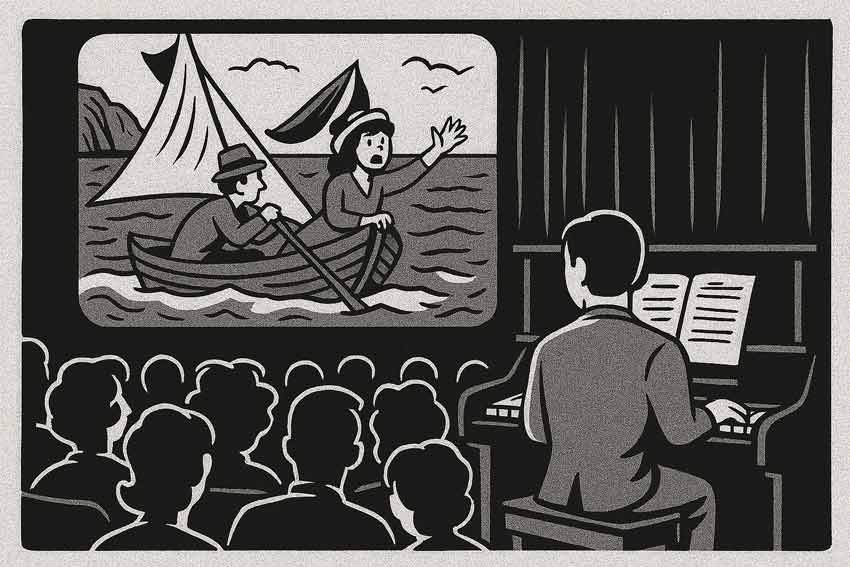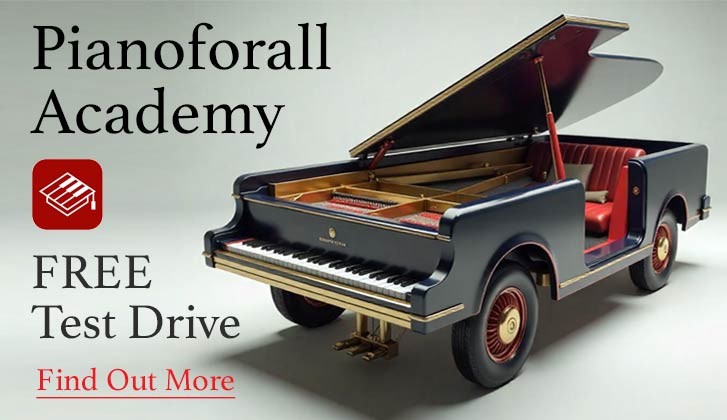Step back to an era before dialogue crackled from speakers—when cinemas around the world hired live pianists to breathe emotional life into silent images flickering on the screen.
A Globally Widespread Phenomenon
From the birth of commercial cinema in the 1890s, up through to the late 1920s, virtually every film screening was accompanied by live music.
Pianists, organists or small ensembles were the norm, adding depth, mood, and drama to the visuals.
At the height of the era – from around 1925 to 1927 – there may have been as many as 15,000 to 20,000 pianists worldwide employed in this role, filling cinemas great and small with improvisations and borrowed melodies.
Instruments Beyond the Piano (But the Piano Ruled)
While the piano was dominant – especially in smaller neighbourhood movie-theatres – it wasn’t the only instrument:
- Larger or high‑end cinemas often used small orchestras, with strings, harp and percussion.
- Organists in particular, played in American movie palaces, sometimes with mighty theatre organs that could mimic whole orchestras.
- In Italy or France, harmoniums and violins might supplement or substitute for the piano.
Still, the piano reigned supreme.
One critic in 1924 observed: “where there is a screen, there is a piano—and a player who becomes, for the duration, the soul of the story.”
Overall, roughly 70 to 80 percent of accompanists were pianists.
Cinemas Known For Quirky Or Lavish Piano Accompaniment
From London to New York, Paris to Bombay, certain cinemas stood out for unusual or elaborate live performances:
- London’s Electric Cinema and the Hippodrome: featured piano‑plus‑ensemble for premieres and comedic shorts.
- New York’s Roxy Theatre: though famed later for its organ, it first employed star pianists who matched dramatic crescendos to the reel.
- Paris’s Grand Rex: piano soloists sometimes accompanied avant‑garde works with scene‑specific improvisation.
- Bombay’s Metro Cinema: premieres occasionally mixed piano with harmonium and tabla, creating a unique East‑West blend.
The Decline: How The Talkies Silenced The Keys
 The arrival of talkies—films with synchronized dialogue and orchestral soundtracks—changed everything.
The arrival of talkies—films with synchronized dialogue and orchestral soundtracks—changed everything.
With the release of The Jazz Singer in 1927, the writing was on the wall.
By 1929 most new feature films carried recorded sound, and live accompaniment rapidly disappeared.
One silent‑film pianist later recalled, “the first time I heard voices on the screen, I knew my livelihood had vanished.”
Between 1928 and 1930, thousands of cinema musicians lost their jobs practically overnight.
A New Path: Pianists Who Transitioned To Sound Film Composition
Yet a handful of pianists turned the page and flourished in the new era:
- Lee Erwin went on to compose for silent‑film revivals, and, record acclaimed scores.
- Oscar Levant, pianist and wit, shifted seamlessly into Hollywood film composition, and, on‑screen performance.
- Georges Antheil, the self‑styled ‘bad boy of music,’ harnessed multiple player-pianos and percussion instruments for experimental film scores.
Modern Echoes: Living Pianists Bringing Silence Back to Life
Silent film festivals and restoration series today still honour the live piano accompaniment tradition, with for instance:
- In London, Neil Brand accompanies silent screenings at the British Film Institute and beyond, improvising in the same way his predecessors once did.
- In New York, pianist Philip Carli is resident accompanist at the Dryden Theatre, one of only a few dozen professionals keeping the craft alive.
- As Neil Brand puts it: “we are not just accompanying—we are acting through music. The piano becomes the dialogue.”
Why it Matters—and a Final Reflection
The piano’s reign over silent cinema reminds us of how technology transforms artistry—and often displaces it.
When talkies silenced cinema pianists, talent didn’t vanish—some adapted, others faded.
The larger lesson?
Every technological leap—whether social media, driverless cars, or artificial intelligence—carries unintended consequences for human skill, labour, and meaning.
In this case, the silent‑film pianist went from essential storyteller to nostalgic rarity.
As with many advances, we gained in terms of convenience, scale and spectacle.
But at the cost of something irreplaceable – the human connection, improvisation and craft of the performer at the piano stool.
Check out this trailer for Pianoforall – Classics By Ear – Bach Preludes done in the style of an old silent movie



